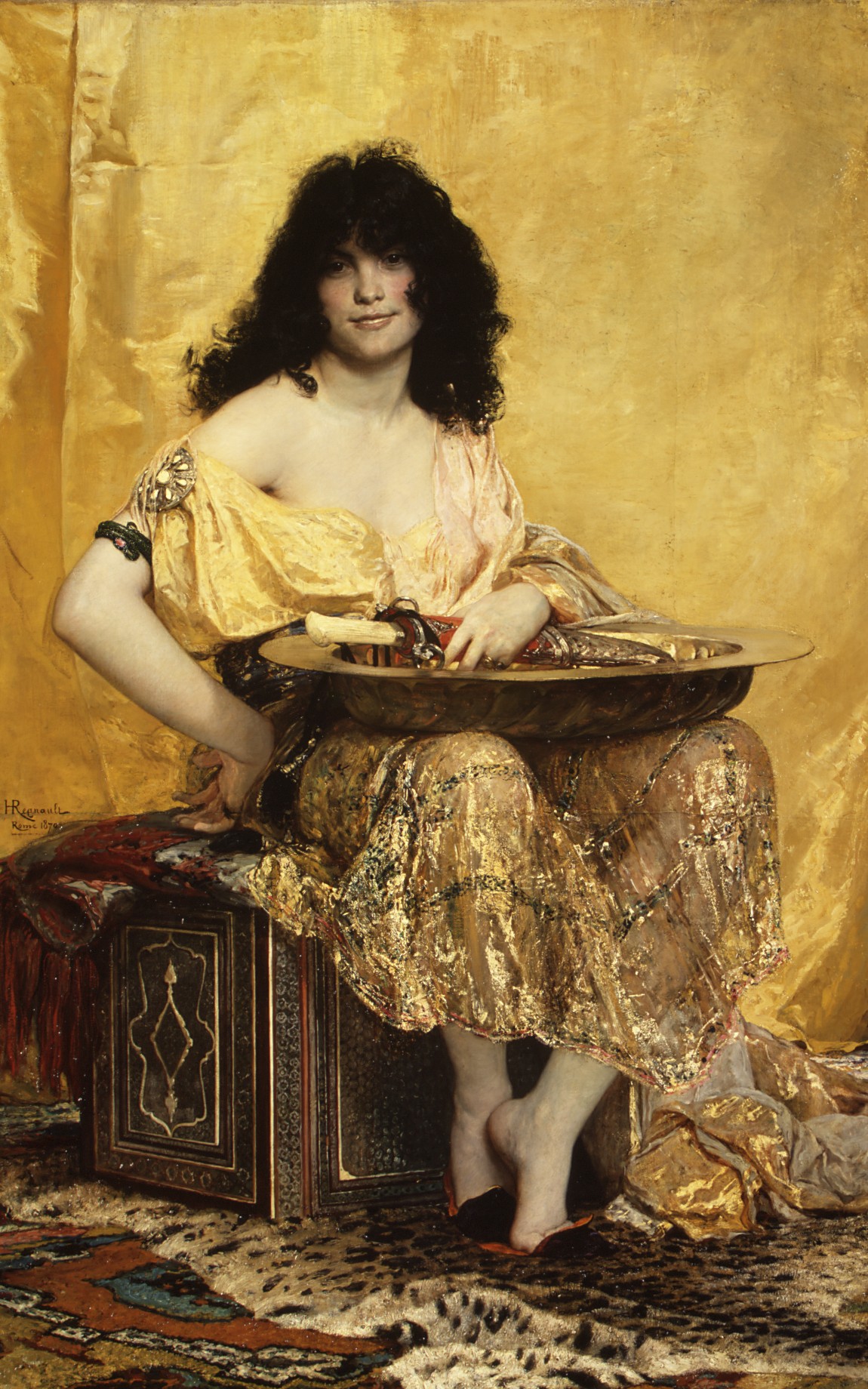There is an interesting aspect of the shoeplay phenomenon that has not too often, if ever, been explored, and that is the possibility of shoeplay in species besides Homo sapiens. A species that is very closely related to modern humans was Homo neanderthalensis, known as Neanderthals, which was behaviorally and technologically advanced, relative to other terrestrial species, as well, and may very well have worn shoes. Did Neanderthals ever shoeplay, if they, indeed, wore shoes? And if one could hypothetically be cloned now and raised to wear shoes from childhood, would it occasionally dangle, dip, and heelpop its shoes, and slide its feet in and out of them while sitting and standing randomly, as many Homo sapiens are wont to do? It's an interesting question, to say the least.
That said, humans are not even the only extant species known to wear shoes, as horses wear them as well, hence their apt title of horseshoes. Has there ever been a reported case of a horse shoeplaying with its shoes (taking its hoof out of it, dangling it on its hoof, etc.)?
It sure is a fascinating topic, to say the least. And, no, this is not a joke. I created this thread because I am genuinely interested in the prevalence of shoeplay across the tree of life. It may, indeed, be a common behavioral attribute that binds us all together, as animals.
Non-Homo sapiens Shoeplay
Moderator: Moderators
-
OceanWaves3947
- Posts: 39
- Joined: Fri Dec 22, 2017 11:19 am
- Contact:
- Dangling Fan
- Posts: 3578
- Joined: Sun Apr 01, 2007 3:27 am
- Contact:
-
OceanWaves3947
- Posts: 39
- Joined: Fri Dec 22, 2017 11:19 am
- Contact:
Yes, historical shoeplay also fascinates me. I often wonder if particular historical figures shoeplayed. One example I have been really curious about is Marie Corriveau, a French-Canadian murderer who allegedly became a ghost after she was executed in 1763. I wonder what shoes she wore, and what she did with them. I suppose I'd need to research what shoes women in Quebec wore in the mid-18th century. I know, from reading historical documents from that time period pertaining to that region, that men wore moccasins to walk in the snow. And I have heard that moccasins tend to make your feet hot. Now, I have noticed, from personal experience, that shoeplay is more common in warmer times of the year, so perhaps if women also wore moccasins, and if they continued wearing them into the spring months, for example, they might have shoeplayed with them for comfort in order to cool off and to air out their hot, sweaty feet. And perhaps Corriveau could have been one of them. And maybe Isabelle Sylvain, another young woman around the same age as Corriveau who testified at her trial, could also have been a shoeplayer, perhaps with hot moccasins, as well.
Now, when it comes to regions with warmer climates, I think we can be reasonably confident that shoeplay likely happened, particularly in places where people often wore shoes such as sandals that easily facilitated shoeplay. I can be reasonably confident that some shoeplay probably happened in Syria and Lebanon during the Summer of 1860, when a civil war was raging there between Christians, Muslims, and Druzes. Hot weather? Check. Nearly-tropical climate? Check. Population that largely wore sandals, if they did not already go barefoot anyway? Check. I can easily imagine a noble woman, perhaps a relative of the emir who ruled over a part of Mount Lebanon, seated on her comfortable throne in her palace in Mount Lebanon, fanning herself with a hand-held fan while leisurely dangling a sandal off of her foot in the Summer of 1860, as war raged on around her.
Now, when it comes to regions with warmer climates, I think we can be reasonably confident that shoeplay likely happened, particularly in places where people often wore shoes such as sandals that easily facilitated shoeplay. I can be reasonably confident that some shoeplay probably happened in Syria and Lebanon during the Summer of 1860, when a civil war was raging there between Christians, Muslims, and Druzes. Hot weather? Check. Nearly-tropical climate? Check. Population that largely wore sandals, if they did not already go barefoot anyway? Check. I can easily imagine a noble woman, perhaps a relative of the emir who ruled over a part of Mount Lebanon, seated on her comfortable throne in her palace in Mount Lebanon, fanning herself with a hand-held fan while leisurely dangling a sandal off of her foot in the Summer of 1860, as war raged on around her.
-
OceanWaves3947
- Posts: 39
- Joined: Fri Dec 22, 2017 11:19 am
- Contact:




